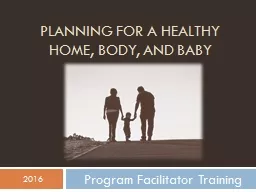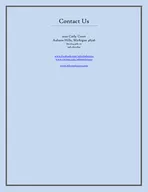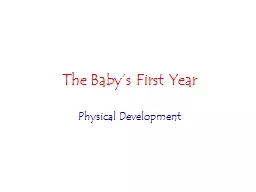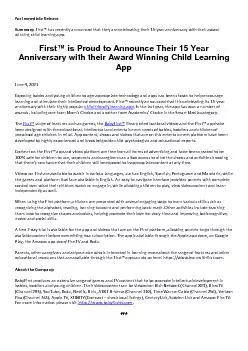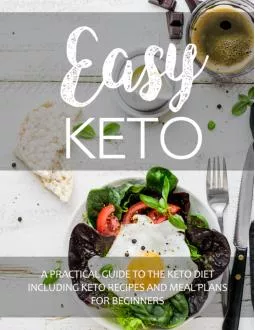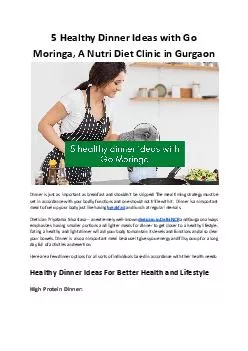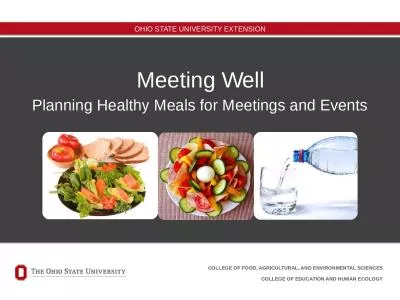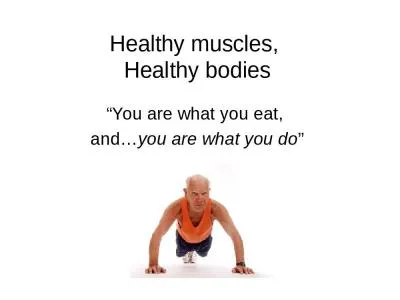PPT-Planning for a Healthy Home, Body, and Baby
Author : yieldpampers | Published Date : 2020-06-16
2016 Program Facilitator Training Reports from the Centers for Disease Control and Prevention CDC indicate that nearly all pregnant women in the US have some harmful
Presentation Embed Code
Download Presentation
Download Presentation The PPT/PDF document "Planning for a Healthy Home, Body, and ..." is the property of its rightful owner. Permission is granted to download and print the materials on this website for personal, non-commercial use only, and to display it on your personal computer provided you do not modify the materials and that you retain all copyright notices contained in the materials. By downloading content from our website, you accept the terms of this agreement.
Planning for a Healthy Home, Body, and Baby: Transcript
Download Rules Of Document
"Planning for a Healthy Home, Body, and Baby"The content belongs to its owner. You may download and print it for personal use, without modification, and keep all copyright notices. By downloading, you agree to these terms.
Related Documents

